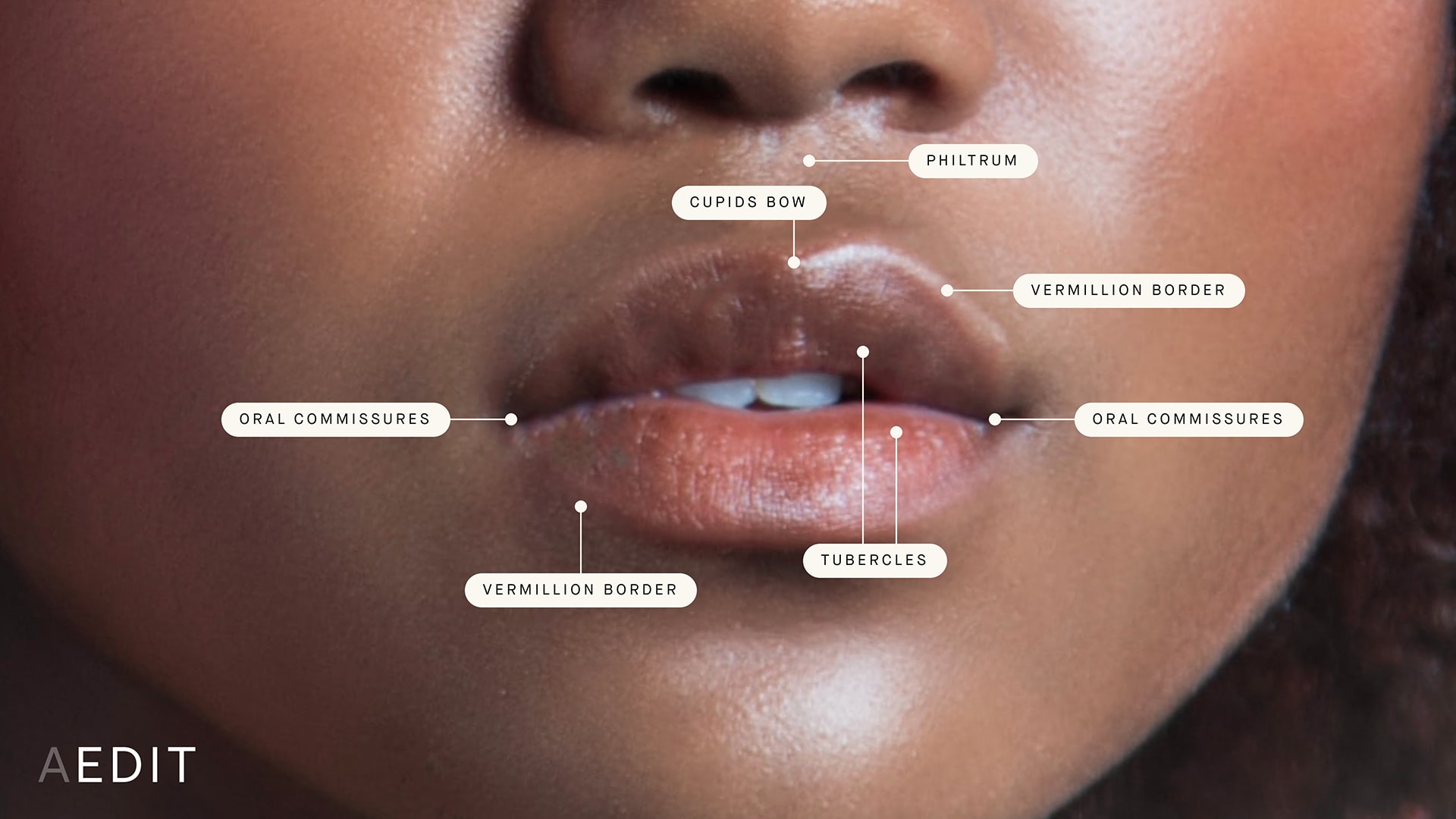
The Skinny
Average Recovery
10 weeks
Permanence
Permanent
Application
Surgical Procedure
Surgical
Yes
Cost
$2000 - $5000
The Specifics
What is an awake lip lift?
An awake lip lift refers to general anesthesia not being used during the lip lift surgery. Depending on the candidate, anesthesiologist, and plastic surgeon, one of many lip lift surgery techniques can be utilized during an awake lip lift.
Anatomy of the Lip

There are multiple variations of anesthesia, however, they can broadly be categorized into general anesthetics versus local anesthetics. General anesthesia is most often an intravenous sedation (IV sedation) in which an anesthesiologist monitors vital signs to ensure a patient is properly sedated. In the awake lip lift, a patient experiences ‘conscious sedation’ or twilight anesthesia with regional anesthesia or local anesthetics.
As in traditional lip lift plastic surgeries, the upper lip and lower lip will be altered to create natural appearing results. The ‘awake’ component indicates only local anesthesia will be used. Often, tumescent fluid, which is a combination of epinephrine, local anesthetics like lidocaine, and saline, is used to anesthetize the upper lip, lower lip, and base of the nose.
Of note, in injectable lip filler lip lifting techniques, like Juvederm®, Restylane®, or even Botox® injections, only local anesthetics are typically used so there is not an ‘awake’ variation of these cosmetic procedures.
What cosmetic concerns does an awake lip lift procedure treat?
Who is the ideal candidate for an awake lip lift procedure?
The ideal candidate for an awake lip lift has minor signs of aging, and does not require a more traditional lip lift technique for extensive upper lip or lower lip corrections. Older patients and younger patients may both be candidates for an awake lip lift. An awake lip lift is not recommended for candidates with severe signs of aging, or other anatomical considerations that require a longer lip lift surgery time.
What is the average recovery associated with an awake lip lift procedure?
The recovery time associated with an awake lip lift only differs in the immediate post operative experience. As there is no general anesthesia, and only a local anesthetic is used, patients can expect to feel better sooner while still at the plastic surgery facility. Long-term recovery time, diet modifications, and limitations on certain activities will remain unchanged, and vary by the surgical technique.
What are the potential side effects of an awake lip lift procedure?
Potential side effects from an awake lip lift include discomfort during the procedure, bruising, swelling, bleeding, tightness, numbness, infection, blood clot formation, and poor wound healing.
What can someone expect from the results of an awake lip lift procedure?
The results of an awake lip lift will be dependent on the lip lift surgery technique utilized. All lip lift results are subject to the continued effects of aging, and other natural exposures.
What is the average cost of an awake lip lift procedure?
An awake lip lift procedure can cost anywhere from $2,000 to $5,000. The actual cost of an awake lip lift is dependent upon location, board certified facial plastic surgeon, and length and involvement of the plastic surgery.
Pros
- Less Downtime
- No General Anesthesia
Cons
- Not Available For All Lip Lift Surgery Techniques
- Does Not Reduce Recovery Time
- Patient May Become Uncomfortable During Procedure
Invasiveness Score
Invasiveness is graded based on factors such as anesthesia practices, incisions, and recovery notes common to this procedure.
What to Expect
An awake lip lift is a plastic surgery procedure utilized to rejuvenate the appearance of the lips. Here is a quick guide for what to expect before, during, and after an awake lip lift:
The Takeaway
An awake lip lift refers only to the anesthesia component of the lip lift. In the Awake lip lift, local anesthesia rather than generalized anesthesia allows the patient to maintain consciousness throughout the surgery, thereby reducing the immediate recovery after leaving the operating room. (1, 2, 3)





